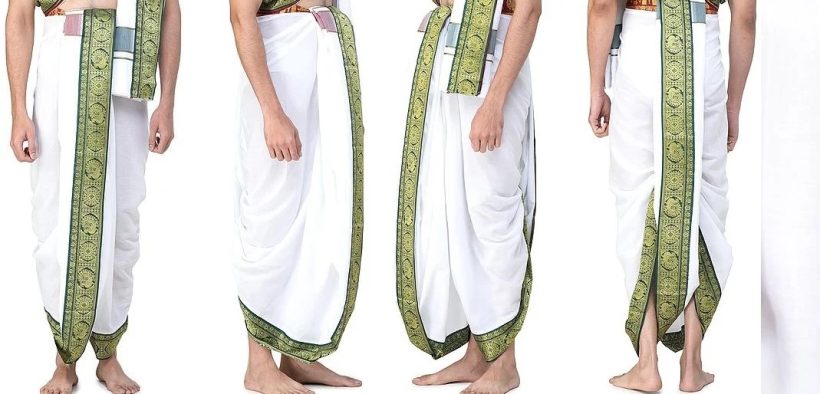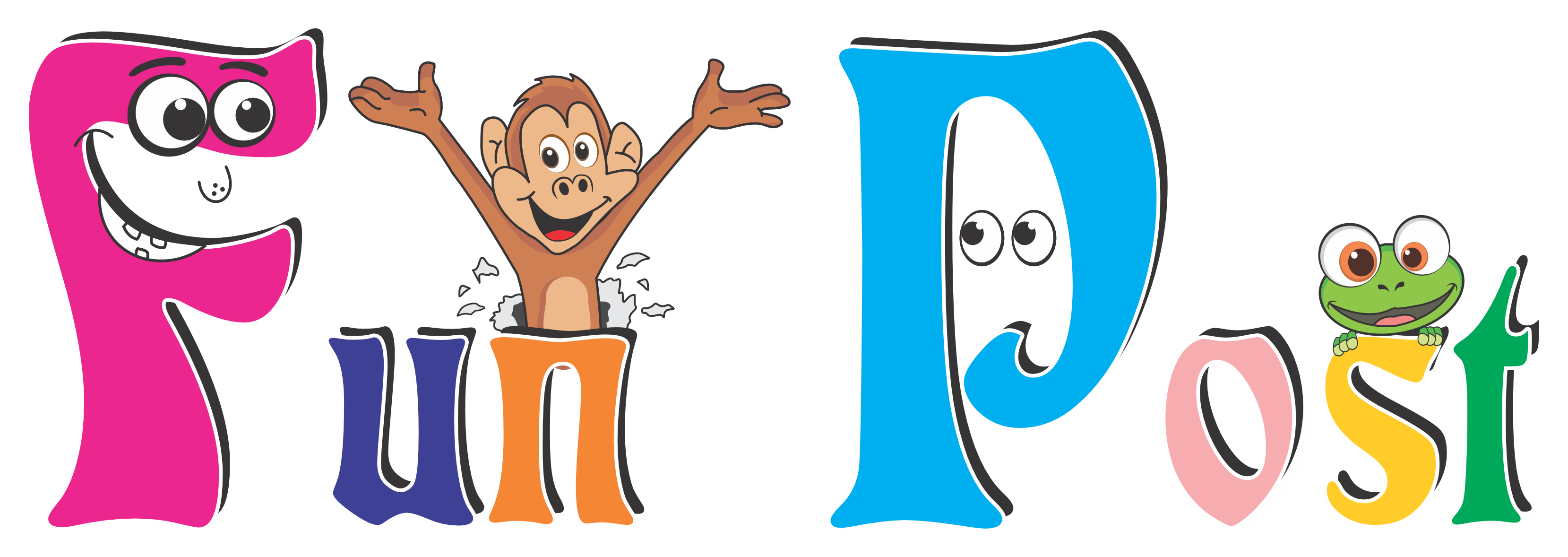Dhoti
Share

The dhoti is the most traditional of all dresses for men in India. If you ever see photographs of Indian men before, during and soon-after the independence era, you will find many of them wearing the dhoti dress teemed with a kurta. Earlier the dhoti used to be a casual daily wear of the Indian men. But with modernization of our society, it steadily relegated to being just formal clothing in India, though there are still people especially in the rural belts for whom dhoti is the regular clothing attire.

Although the exact date of origin of Dhoti is not known but it can be traced back to 5th century BC.There are evidences that significantly show men of the Indus valley civilization usually wore a Dhoti around their waist.The garment that they used to cover the upper part of body was different in north and south Harappan civilization but dhoti was common in both the northern and southern part.Cotton industry was well developed in ancient India . Needles made up of bones and wooden spindles were used to develop clothes from cotton that was spun,woven and dyed in India.
The dhoti is an unstitched rectangular piece of unstitched cloth about five yards long, wrapped about the waist and the legs and knotted at the waist. In north India, the dhoti is worn in combination with a kurta top, which a long loose fitting shirt. This dhoti dress is different from a lungi as the cloth of the latter is stitched to form a circle.
Dhoti is a traditional Indian men’s wear and even in the developed world today men love to wear this ethnic wear occasionally. To tie a dhoti is a difficult task. This attire worn by important political persons makes a political statement. Many people say that clothes may or may not make a man but they certainly make a point when political leaders wear them. Indian political leaders wear their political ideologies on their sleeves by choosing clothes. So if you follow the dhoti trend in Indian political arena, they will tell altogether a different story.
Dhoti is known to be a traditional wear for men all over the country. It is called by different names and worn differently in different states of India. Over the past century or more, the western clothing have taken the place of traditional Indian wear like dhoti. But in traditional functions like wedding ceremony, it still enjoys an eminent status and preferred by men, all across India.















